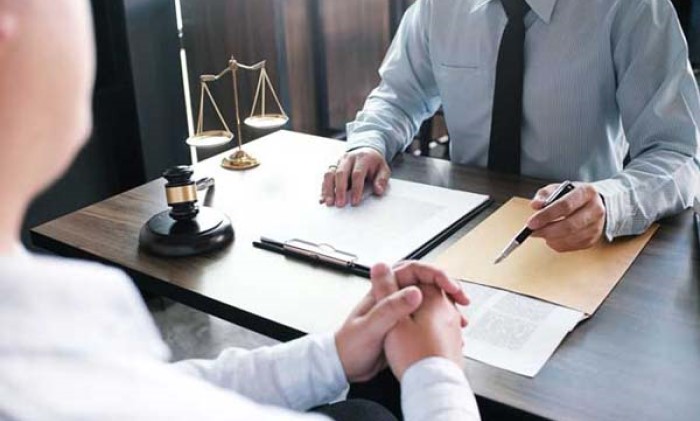Unravel the complexities of Personal Bankruptcy: A Guide to Understanding Your Options in this informative article. Learn about the intricacies, alternatives, and essential steps in the bankruptcy process.
Introduction
In times of financial distress, understanding your options is paramount. Personal bankruptcy can be a daunting prospect, but with the right guidance, it can also be a tool for a fresh financial start. This comprehensive guide will walk you through the intricate landscape of personal bankruptcy, providing insights, tips, and alternatives to help you make informed decisions.
Discover expert legal guidance and support with Biedak & Finlay Law, a trusted firm serving Massachusetts with professionalism and dedication.
1. Understanding Personal Bankruptcy
Navigating the waters of personal bankruptcy begins with understanding its fundamental concepts.
Bankruptcy, as a legal process, provides individuals overwhelmed by debt with a chance to start anew by liquidating assets to pay off debts or creating a repayment plan.
2. Types of Personal Bankruptcy
Chapter 7 Bankruptcy
Chapter 7 bankruptcy involves the liquidation of assets to pay off debts, providing a swift resolution for those burdened with unmanageable debt.
Chapter 13 Bankruptcy
Chapter 13 bankruptcy, also known as the wage earner’s plan, allows individuals with regular income to develop a plan to repay all or part of their debts.
3. Eligibility Criteria
Understanding the eligibility criteria is crucial before proceeding with a bankruptcy filing.
Income Requirements
Income thresholds vary depending on the type of bankruptcy, with Chapter 7 having stricter eligibility criteria than Chapter 13.
Credit Counseling
Completion of a credit counseling course from an approved agency is mandatory within 180 days before filing for bankruptcy.
4. The Bankruptcy Process
Filing the Petition
Initiating the bankruptcy process begins with filing a petition in the bankruptcy court relevant to your jurisdiction.
Automatic Stay
Upon filing for bankruptcy, an automatic stay goes into effect, halting creditor actions such as foreclosures or wage garnishments.
5. Alternatives to Bankruptcy
While bankruptcy can provide relief, exploring alternative options is prudent.
Debt Settlement
Negotiating with creditors to settle debts for less than the total amount owed can be an alternative to bankruptcy.
Debt Consolidation
Consolidating debts into a single loan with a lower interest rate can make payments more manageable.
6. Rebuilding After Bankruptcy
Budgeting
Crafting a realistic budget post-bankruptcy is essential for financial stability and avoiding future debt issues.
Establishing Credit
Rebuilding credit post-bankruptcy involves responsible use of credit cards and timely payments.
7. Frequently Asked Questions (FAQs)
- How does bankruptcy affect my credit score?
- What debts can be discharged through bankruptcy?
- Will I lose all my assets if I file for bankruptcy?
- How long does bankruptcy stay on my credit report?
- Can I file for bankruptcy more than once?
- Will bankruptcy stop creditor harassment?
Answers:
- Bankruptcy can significantly lower your credit score, but it’s possible to rebuild it over time with responsible financial habits.
- Bankruptcy can discharge various debts, including credit card debt, medical bills, and personal loans, but not all debts are dischargeable.
- The extent of asset loss depends on the type of bankruptcy filed and exemptions claimed.
- Bankruptcy can stay on your credit report for up to ten years, impacting your ability to access credit.
- There are limitations on how often you can file for bankruptcy, depending on the type of bankruptcy previously filed and discharged.
- Yes, filing for bankruptcy triggers an automatic stay, halting creditor harassment and collection actions.
Conclusion
Navigating personal bankruptcy can be overwhelming, but armed with knowledge, it becomes a manageable process. By understanding the intricacies, exploring alternatives, and planning for the future, individuals can emerge from bankruptcy with a fresh financial start.


